Nanowire Technology Developed to Detect Cancer Biomarkers in Urine
|
By LabMedica International staff writers Posted on 04 Jan 2018 |
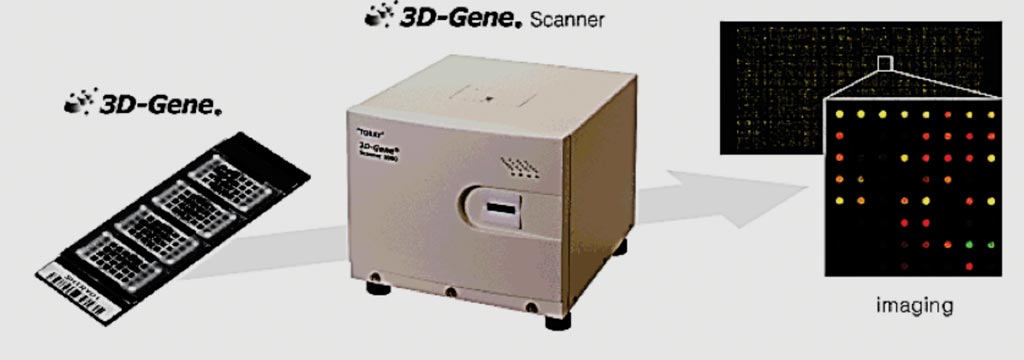
Image: The 3D Gene microarray platform (Photo courtesy of Toray Industries).
Analyzing microRNAs (miRNAs) within urine extracellular vesicles (EVs) is important for realizing miRNA-based, simple, and noninvasive early disease diagnoses and timely medical checkups.
A new approach for detecting cancer biomarkers in urine has been developed using a device composed of nanowires anchored into a microfluidic substrate. This device enables EV collections at high efficiency and in situ extractions of various miRNAs of different sequences (around 1,000 types) that significantly exceed the number of species being extracted by the conventional ultracentrifugation method.
Scientists at Nagoya University (Furo-cho, Japan) and their colleagues fabricated nanowire-anchored microfluidic device for in situ extraction of urine EV–encapsulated miRNAs was fabricated by bonding the nanowire-embedded polydimethylsiloxane (PDMS) substrate and a herringbone-structured PDMS substrate. This new approach relies on playing the forces of negatively charged EVs off of positively charged nanowires to extract the miRNAs from the urine of patients with a variety of diseases. The team looked at samples from patients with pancreatic, liver, bladder, and prostate cancer, in addition to healthy subjects.
The scientists used a syringe pump to flow urine into the device, and then transferred the extracted samples on Toray's 3D-Gene microarray platform (Tokyo, Japan) for miRNA analysis by pipetting. Using the device, they were able to detect 1,106 different types of miRNAs in a single milliliter, versus an average yield of 200 to 400 miRNAs in total obtained using conventional methods, such as centrifugation.
The mechanical stability of the anchored nanowires during the buffer flow, as well as to the electrostatic collection of EVs onto the nanowires attributed to the success of the device. The approach yielded potential cancer-related miRNAs in urine for not only urological malignancies such as prostate cancer and bladder cancer, but also non-urological ones such as liver cancer and pancreatic cancer, the scientists believe it will be widely applicable.
Takao Yasui, PhD. an assistant professor and corresponding author of the study, said, “Our developed device could allow us to collect thousands of urinary microRNAs from only 1 mL of urine. Our new approach should allow scientists to move closer to the long-term goal of urinary miRNA-based early diagnoses and timely medical checkups for a variety of cancers.” The study was published on December 15, 2017, in the journal Science Advances.
Related Links:
Nagoya University
Toray Industries
A new approach for detecting cancer biomarkers in urine has been developed using a device composed of nanowires anchored into a microfluidic substrate. This device enables EV collections at high efficiency and in situ extractions of various miRNAs of different sequences (around 1,000 types) that significantly exceed the number of species being extracted by the conventional ultracentrifugation method.
Scientists at Nagoya University (Furo-cho, Japan) and their colleagues fabricated nanowire-anchored microfluidic device for in situ extraction of urine EV–encapsulated miRNAs was fabricated by bonding the nanowire-embedded polydimethylsiloxane (PDMS) substrate and a herringbone-structured PDMS substrate. This new approach relies on playing the forces of negatively charged EVs off of positively charged nanowires to extract the miRNAs from the urine of patients with a variety of diseases. The team looked at samples from patients with pancreatic, liver, bladder, and prostate cancer, in addition to healthy subjects.
The scientists used a syringe pump to flow urine into the device, and then transferred the extracted samples on Toray's 3D-Gene microarray platform (Tokyo, Japan) for miRNA analysis by pipetting. Using the device, they were able to detect 1,106 different types of miRNAs in a single milliliter, versus an average yield of 200 to 400 miRNAs in total obtained using conventional methods, such as centrifugation.
The mechanical stability of the anchored nanowires during the buffer flow, as well as to the electrostatic collection of EVs onto the nanowires attributed to the success of the device. The approach yielded potential cancer-related miRNAs in urine for not only urological malignancies such as prostate cancer and bladder cancer, but also non-urological ones such as liver cancer and pancreatic cancer, the scientists believe it will be widely applicable.
Takao Yasui, PhD. an assistant professor and corresponding author of the study, said, “Our developed device could allow us to collect thousands of urinary microRNAs from only 1 mL of urine. Our new approach should allow scientists to move closer to the long-term goal of urinary miRNA-based early diagnoses and timely medical checkups for a variety of cancers.” The study was published on December 15, 2017, in the journal Science Advances.
Related Links:
Nagoya University
Toray Industries
Latest Pathology News
- New Technique Reveals Earliest Signs of Genetic Mutations
- New WHO Reporting System for Lung Cytopathology to Enhance Diagnostic Accuracy
- Self-Taught AI Tool Diagnoses and Predicts Severity of Common Lung Cancer
- Novel AI-Powered Method for Tissue Analysis Improves Understanding of Disease Pathology
- Noninvasive Technology Detects Rare Cancer Cells in Blood
- AI Tool Detects Tiny Protein Clumps in Microscopy Images in Real-Time
- New Tool Enables Better Classification of Inherited Disease-Causing Variants
- Groundbreaking CRISPR Screen Technology Rapidly Determines Disease Mechanism from Tissues
- New AI Tool Classifies Brain Tumors More Quickly and Accurately
- AI Integrated With Optical Imaging Technology Enables Rapid Intraoperative Diagnosis
- HPV Self-Collection Solution Improves Access to Cervical Cancer Testing
- Hyperspectral Dark-Field Microscopy Enables Rapid and Accurate Identification of Cancerous Tissues
- AI Advancements Enable Leap into 3D Pathology
- New Blood Test Device Modeled on Leeches to Help Diagnose Malaria
- Robotic Blood Drawing Device to Revolutionize Sample Collection for Diagnostic Testing
- Use of DICOM Images for Pathology Diagnostics Marks Significant Step towards Standardization
Channels
Clinical Chemistry
view channel
New ADLM Guidance Provides Expert Recommendations on Clinical Testing For Respiratory Viral Infections
Respiratory tract infections, predominantly caused by viral pathogens, are a common reason for healthcare visits. Accurate and swift diagnosis of these infections is essential for optimal patient management.... Read more
3D Printed Point-Of-Care Mass Spectrometer Outperforms State-Of-The-Art Models
Mass spectrometry is a precise technique for identifying the chemical components of a sample and has significant potential for monitoring chronic illness health states, such as measuring hormone levels... Read more.jpg)
POC Biomedical Test Spins Water Droplet Using Sound Waves for Cancer Detection
Exosomes, tiny cellular bioparticles carrying a specific set of proteins, lipids, and genetic materials, play a crucial role in cell communication and hold promise for non-invasive diagnostics.... Read more
Highly Reliable Cell-Based Assay Enables Accurate Diagnosis of Endocrine Diseases
The conventional methods for measuring free cortisol, the body's stress hormone, from blood or saliva are quite demanding and require sample processing. The most common method, therefore, involves collecting... Read moreMolecular Diagnostics
view channel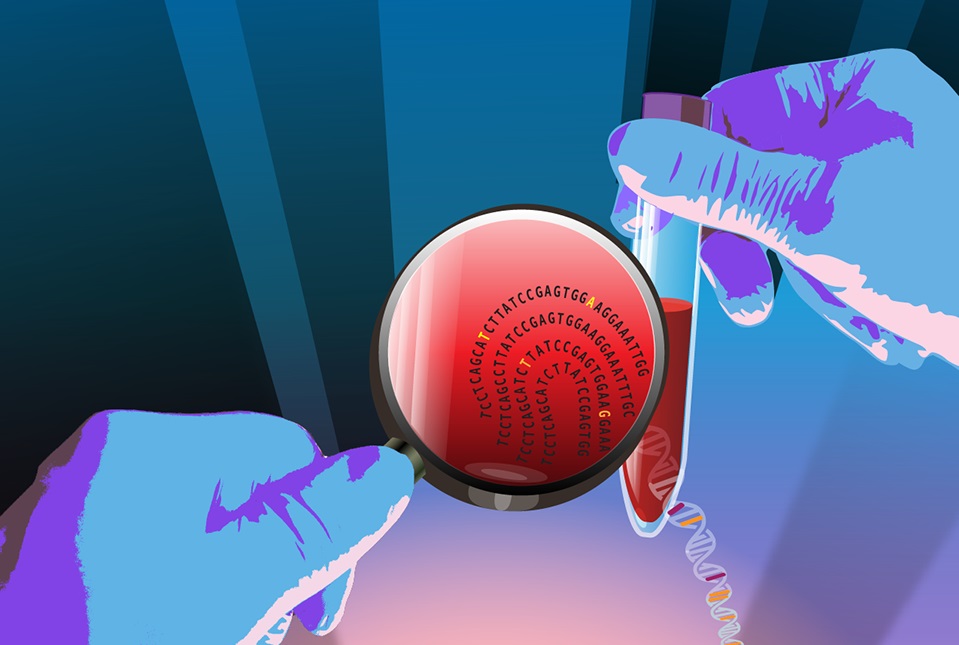
Advanced Liquid Biopsy Technology Detects Cancer Earlier Than Conventional Methods
Liquid biopsy technology has yet to fully deliver on its significant potential. Traditional methods have focused on a narrow range of cancer-associated mutations that are often present in such low quantities... Read more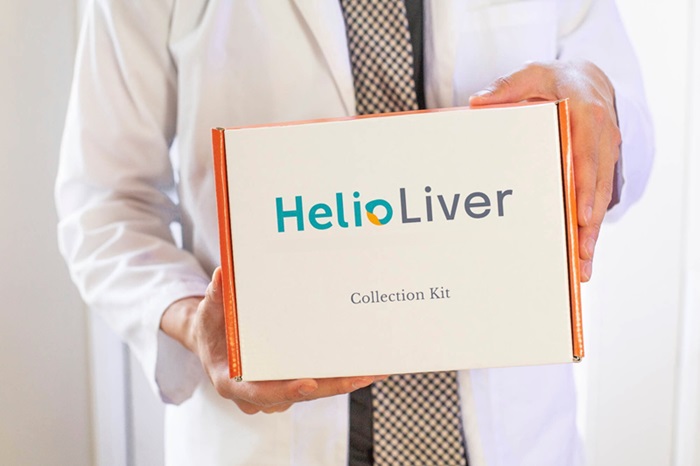
Blood-Based Test Outperforms Ultrasound in Early Liver Cancer Detection
Patients with liver cirrhosis and chronic hepatitis B are at a higher risk for developing hepatocellular carcinoma (HCC), the most prevalent type of liver cancer. The American Association for the Study... Read more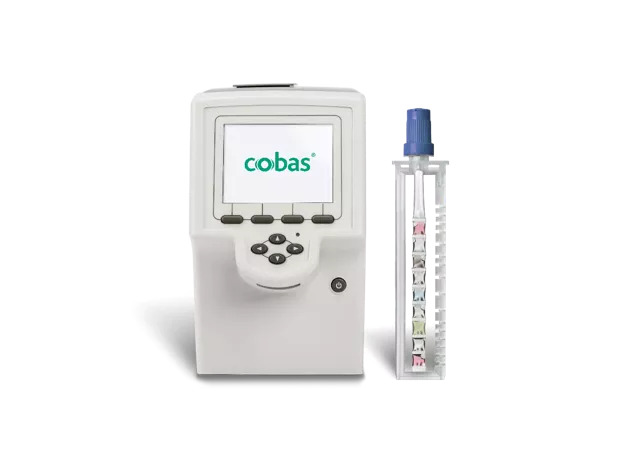
Four-In-One Molecular Test Detects and Differentiates Among Most Prevalent Respiratory Viruses in 20 Minutes
The U.S. Centers for Disease Control and Prevention (CDC) has reported that respiratory diseases in the United States reached high levels during the recent autumn and winter seasons, with SARS-CoV-2 leading... Read more.jpeg)
First-Line PSA Testing More Cost-Effective Than First-Line MRI for Prostate Cancer Screening
Current prostate cancer (PCa) screening protocols typically begin with prostate-specific antigen (PSA) testing, which, if elevated, may lead to further assessment using multiparametric magnetic resonance... Read moreHematology
view channel
Next Generation Instrument Screens for Hemoglobin Disorders in Newborns
Hemoglobinopathies, the most widespread inherited conditions globally, affect about 7% of the population as carriers, with 2.7% of newborns being born with these conditions. The spectrum of clinical manifestations... Read more
First 4-in-1 Nucleic Acid Test for Arbovirus Screening to Reduce Risk of Transfusion-Transmitted Infections
Arboviruses represent an emerging global health threat, exacerbated by climate change and increased international travel that is facilitating their spread across new regions. Chikungunya, dengue, West... Read more
POC Finger-Prick Blood Test Determines Risk of Neutropenic Sepsis in Patients Undergoing Chemotherapy
Neutropenia, a decrease in neutrophils (a type of white blood cell crucial for fighting infections), is a frequent side effect of certain cancer treatments. This condition elevates the risk of infections,... Read more
First Affordable and Rapid Test for Beta Thalassemia Demonstrates 99% Diagnostic Accuracy
Hemoglobin disorders rank as some of the most prevalent monogenic diseases globally. Among various hemoglobin disorders, beta thalassemia, a hereditary blood disorder, affects about 1.5% of the world's... Read moreImmunology
view channel.jpg)
AI Tool Predicts Cancer Patients’ Response to Immunotherapy
Immune checkpoint inhibitors are a form of immunotherapy drug that enables immune cells to target and destroy cancer cells. At present, the Food and Drug Administration has approved two predictive biomarkers... Read more
Molecular Profiling Improves Diagnosis for Children with High Risk Cancers
Cancer remains the leading cause of disease-related death among children in most developed nations, and approximately one-fourth of these patients are diagnosed with aggressive, high-risk, or relapsed... Read moreMicrobiology
view channel
Rapid UTI Test Cuts Detection Time from 3 days to 45 Minutes
Antimicrobial Resistance (AMR), also known as antibiotic resistance or superbugs, is a silent but growing pandemic where bacteria have become resistant to lifesaving antibiotics due to decades of overuse and misuse.... Read more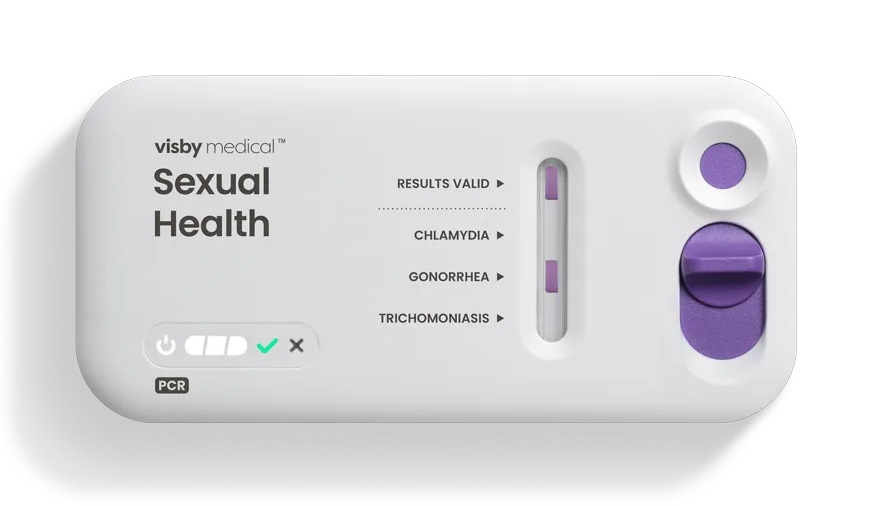
POC STI Test Shortens Time from ED Arrival to Test Results
In a 2024 sexually transmitted infections (STIs) surveillance report by the World Health Organization (WHO), over 2.5 million cases were recorded, alongside a rise in the inappropriate use of antibiotics... Read more
Integrated Solution Ushers New Era of Automated Tuberculosis Testing
Tuberculosis (TB) is responsible for 1.3 million deaths every year, positioning it as one of the top killers globally due to a single infectious agent. In 2022, around 10.6 million people were diagnosed... Read more
Automated Sepsis Test System Enables Rapid Diagnosis for Patients with Severe Bloodstream Infections
Sepsis affects up to 50 million people globally each year, with bacteraemia, formerly known as blood poisoning, being a major cause. In the United States alone, approximately two million individuals are... Read morePathology
view channel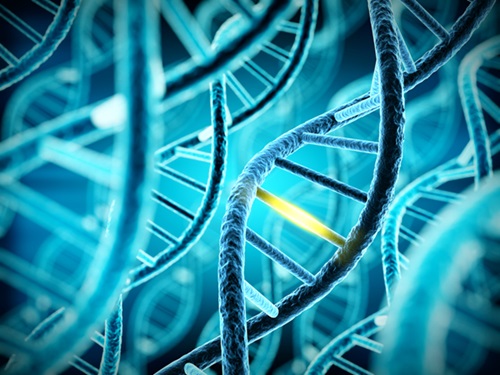
New Technique Reveals Earliest Signs of Genetic Mutations
Mutations are alterations in the molecular "letters" that constitute the DNA code, which serves as the blueprint for all living cells. While some of these changes may be inconsequential, others can lead... Read more
New WHO Reporting System for Lung Cytopathology to Enhance Diagnostic Accuracy
Lung cancer continues to be the most common cause of cancer-related deaths worldwide and ranks as the second most frequently diagnosed cancer in both men and women. The role of lung cytopathology, which... Read more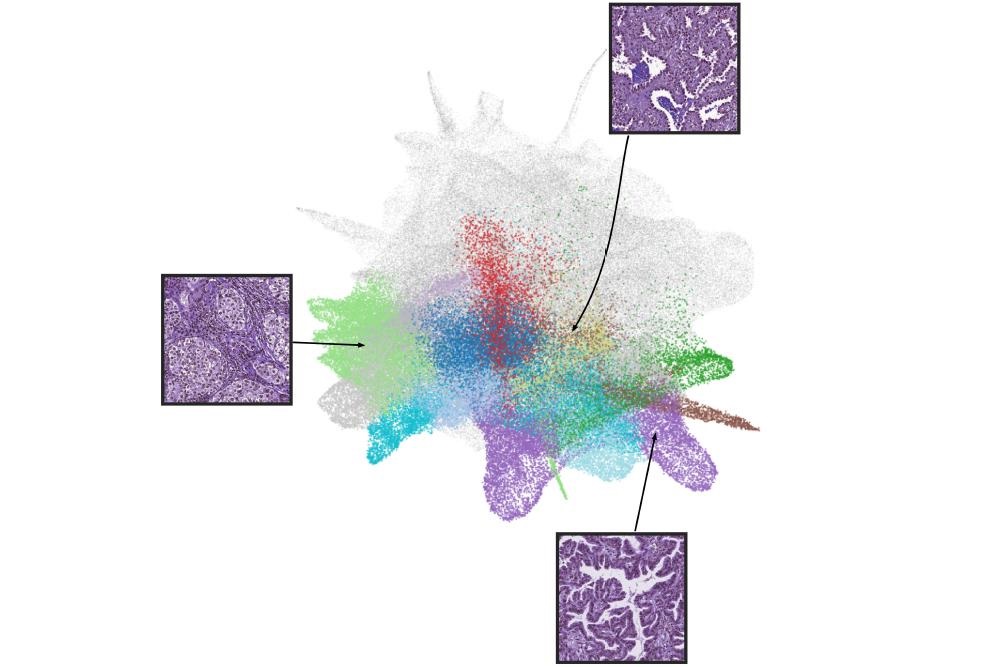
Self-Taught AI Tool Diagnoses and Predicts Severity of Common Lung Cancer
A computer program powered by artificial intelligence (AI) and trained on nearly half a million tissue images can effectively diagnose cases of adenocarcinoma, the most prevalent type of lung cancer.... Read more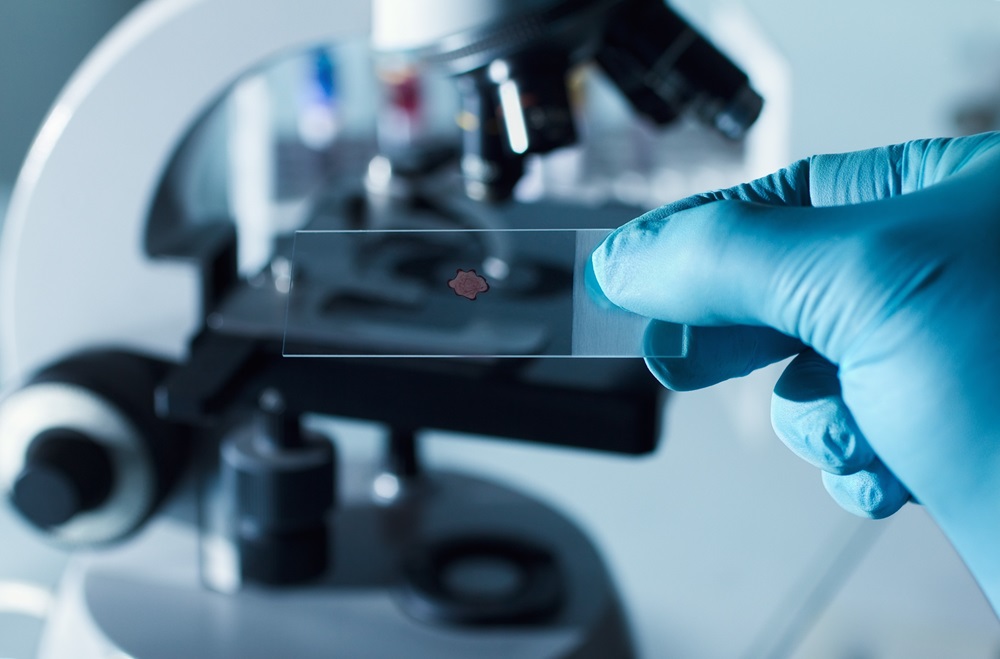
Novel AI-Powered Method for Tissue Analysis Improves Understanding of Disease Pathology
Scientists at Brown University (Providence, RI, USA) and the University of Michigan (Ann Arbor, MI, USA) have created a groundbreaking computational technique to examine complex tissue data, potentially... Read moreIndustry
view channel
Roche and Hitachi High-Tech Extend 46-Year Partnership for Breakthroughs in Diagnostic Testing
Roche (Basel, Switzerland) and Hitachi High-Tech (Tokyo, Japan) have renewed their collaboration agreement, committing to a further 10 years of partnership. This extension brings together their long-standing... Read more
Danaher and Johns Hopkins University Collaborate to Improve Neurological Diagnosis
Unlike severe traumatic brain injury (TBI), mild TBI often does not show clear correlations with abnormalities detected through head computed tomography (CT) scans. Consequently, there is a pressing need... Read more
Beckman Coulter and MeMed Expand Host Immune Response Diagnostics Partnership
Beckman Coulter Diagnostics (Brea, CA, USA) and MeMed BV (Haifa, Israel) have expanded their host immune response diagnostics partnership. Beckman Coulter is now an authorized distributor of the MeMed... Read more_1.jpg)









 Reagent.jpg)


.jpg)
